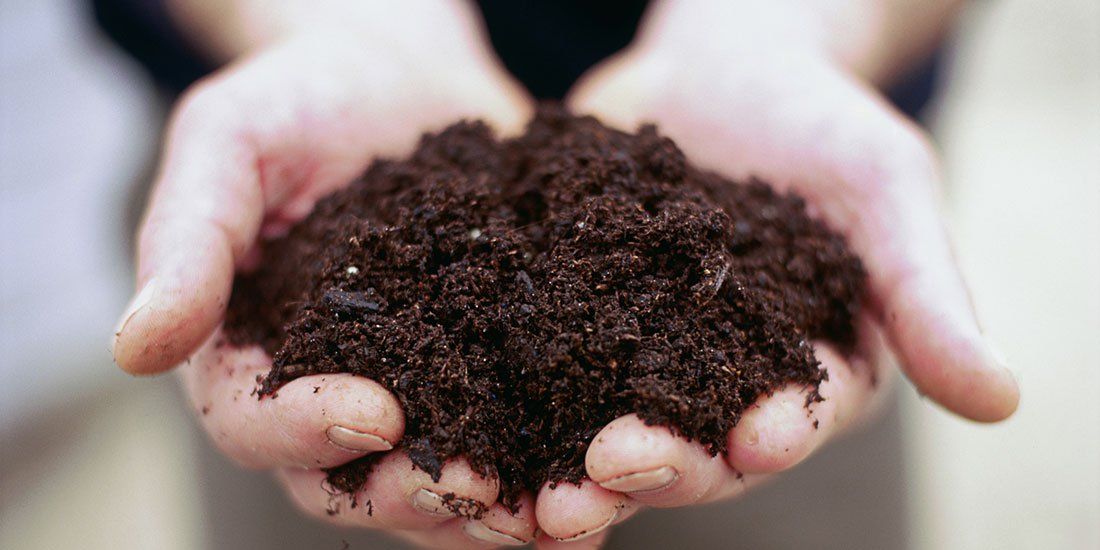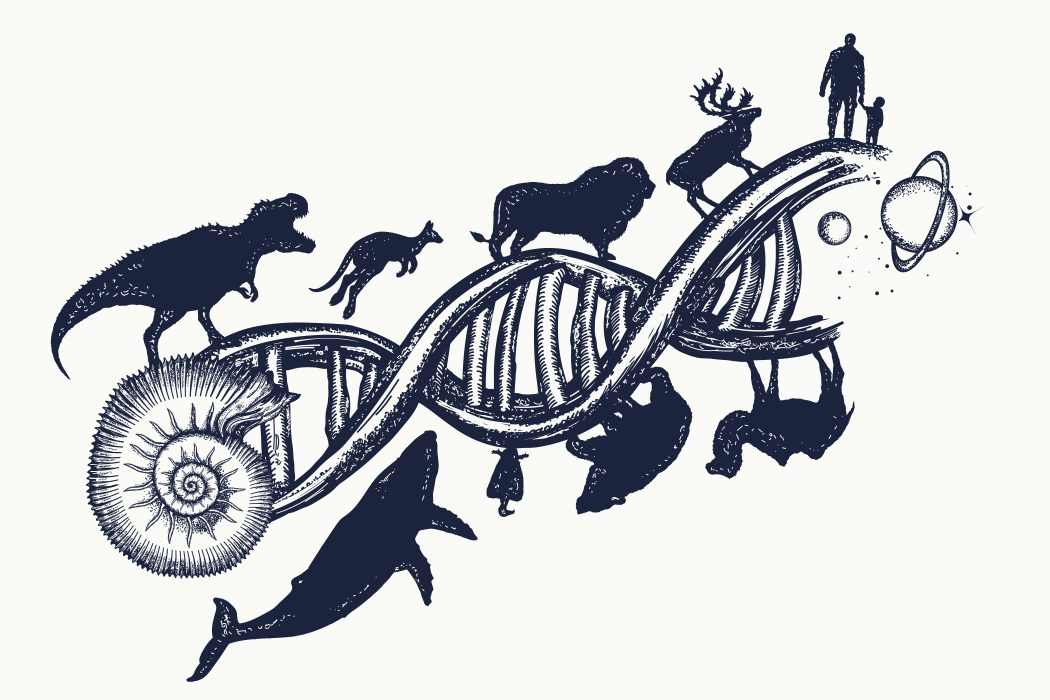Plants are living things that have different parts that help them survive in their habitats. These parts include roots, stems, leaves, and flowers.
Roots help plants anchor themselves in the ground and absorb water and nutrients from the soil. Stems support the plant and help it grow taller. Leaves use sunlight to make food for the plant through a process called photosynthesis. Flowers are used for reproduction and attracting pollinators.
Plants have also adapted to their environments in order to survive. For example, some plants have deep roots to help them find water in dry habitats, while others have waxy leaves to help retain moisture in wet habitats.
One plant that has adapted to dry habitats is the cactus. Cacti have thick, waxy skin and long, sharp spines that help protect them from animals. They also have shallow roots that spread out wide to absorb as much water as possible from the dry soil.
Another plant that has adapted to wet habitats is the lotus. Lotus plants have large, floating leaves that help them stay above the water and avoid being drowned. They also have a special root system that allows them to filter out excess water and nutrients from the muddy soil.
Overall, plants have different parts and adaptations that help them survive and thrive in their habitats. By understanding these adaptations, we can learn more about how plants are able to survive and grow in different environments.






